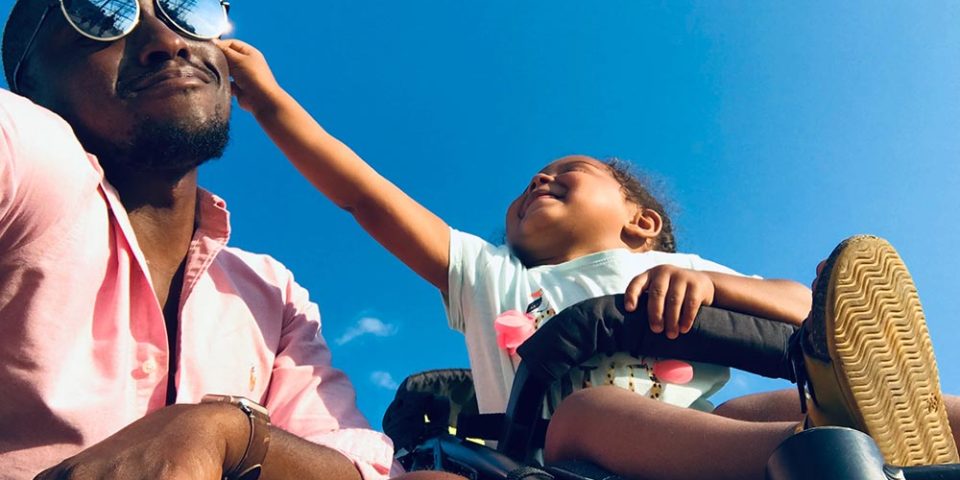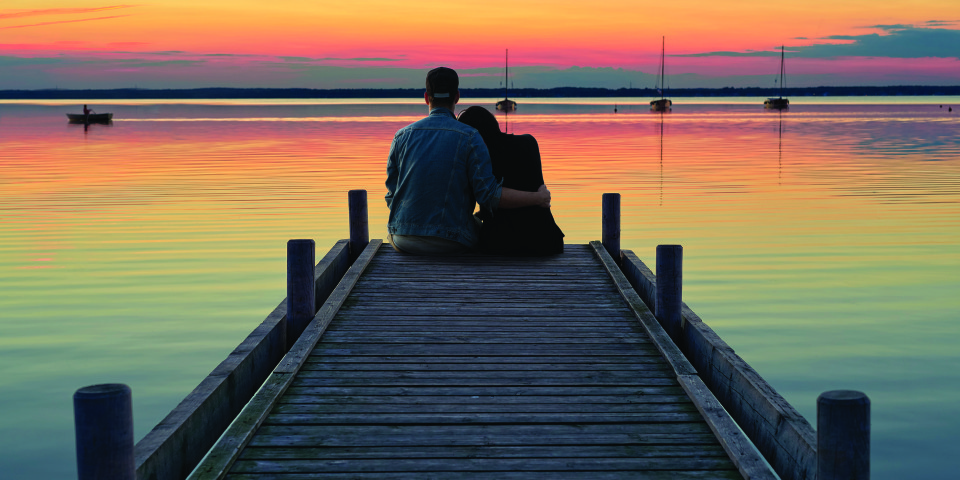What kind of tips can there be for outdoor lighting? There’s the sun. Problem solved, right?
The reality is that direct sunlight is one of the worst lighting options that we as creatives have to work with. It is very high contrast and produces very harsh and delineated shadows. There’s really nothing that looks better in harsh sun. The best unmodified outdoor light is immediately after the rain stops and there is still cloud cover, but that’s not the most popular option for many creatives.
There are some folks who only shoot “natural light”, but true natural light is extremely hard to work with because it is uncontrollable. Fortunately, I am happy to share some tips to get the best lighting when shooting outdoors.
Time of Day
You’ve probably heard of ‘golden hour’, and perhaps ‘blue hour’. These really are the best times of day for making images and videos under the existing outdoor light. The look of the light is very different, so let’s explore why and what difference this makes.

Golden hour is defined as the time that is roughly 60 minutes after sunrise and 60 minutes before sunset. The sun is low in the sky and to reach you, the light has to traverse a greater amount of atmosphere. This filters out some blue and as a consequence, the light is warmer, or more golden. The passing of the light through more atmosphere also offers a bit more diffusion which is very pleasing.

Blue hour is defined as the time that is roughly 60 minutes before sunrise and 60 minutes after sunset. At this time the sun is below the horizon and the warmer colours of light are more filtered giving the light a gentle blue-ish cast. While not optimal for skin tones, it is a preferred time of day for product work, particularly for automobiles. It also tends to invoke the first temperature shift so it’s a perfect time to shoot the lake and get some nice mist happening just above the water.
The sample shots are landscapes but you can expect that same look for closer subjects including people. Human skin is particularly nice at golden hour.
Quality of Light
We know from our studies that diffused light is softest, so our optimal light is what is referred to as open shade. This doesn’t mean shade under a tree where the light can pick up a colour from leaves, but literally a fully shaded area, such as under a gazebo roof, or even a white tent. There’s a lot of redirection of the light in this case and it makes for great softness. Watch out for colour casts though.
Cloudy days are sometimes referred to as open shade, but the colour is blue shifted in these cases. If you use the Automatic White Balance setting in your camera, this is rarely an issue. Cloud cover is an excellent diffuser, particularly if the clouds are not super dense. As noted above my favourite unmodified light is the light through the clouds right after the rain. The remaining moisture in the air increases the light diffusion and the look cannot be achieved otherwise.
Light Modifiers
We don’t always get to shoot at blue or golden hours or have beautiful soft light from open shade. Most non-creatives see a bright cloudless day and think “what a perfect day for pictures!” We could try to explain to these fine people how wrong they are, but it’s easier just to exercise some control by modifying the light. There are three primary methods to modify the light. They are, in no particular order, reflectors, scrims and flash.
Reflectors
A reflector has a single job. Its job is to reflect light. Since we are talking about shooting with outdoor light there are only TWO reflector surfaces that matter, being white and silver. Neither impart any kind of coloration to the reflected light and the only difference is that silver is more reflective than white and therefore has more throw, thus being usable at greater distances.
While black reflectors are very useful in studio, they are tough to use well outdoors with existing light, and gold ones make human subjects look yellow, which could end up looking like they have jaundice. Some advanced reflector kits include combinations of subtle gold and silver, which used to be called a Sunbounce after the original California Sunbounce. They work well to give a bit of a glow to pale skin, but avoid their use on darker skin because they can impart a colour cast that is not flattering. I’ve owned lots of reflectors over the years and recommend the Lastolite TriGrips as being the ones that are most useful and best built in my experience.

Reflectors work by the simple principle that the angle that the light hits the reflector is the same angle that the light leaves the reflector. This means that using a reflector is an exercise in basic physics because you have to position the reflector carefully and direct the reflected light. If the outdoor light is directional, such as on a sunny day, you will need to work quickly as you will need to reposition the reflector as the sun moves across the sky. To be useful, reflectors need to be mounted on stands, and the stands need to be sandbagged, otherwise a decent breeze will be sending them flying. Also remember the guidance about the size of the source, with bigger always being better. Your reflector is a source and so small reflectors tend to be of minimal use, except for macro work, and they will still need to be held in position somehow.
Scrims
Where a reflector reflects light based on directionality, a scrim goes between the light source and the subject to act as a close in diffuser. Some reflector kits include a scrim mounted in the flexible rim and they are really useful, so long as you can mount them and fix them, so they don’t move around. If you need a bigger scrim, the Lastolite Skylight or Westcott Scrim Jim are superb solutions and collapse down for easy transport. They act like giant softboxes where the sun is your light source. Despite their size, they are built to be used outdoors and are tough. You’ll just need to add stands and sandbags. You can make your own from white shower curtain liners, but these are not porous and tend to fly away and tear in a decent breeze.

Flash
The easiest way to improve the quality of light when shooting outdoors is with an off-camera flash. This used to be both expensive and complex, but neither is true any longer. TTL flash makes exposure management a breeze and is built into all current cameras. All you need is a TTL capable flash and a set of radio controllers. If you don’t have a TTL flash, consider the Godox TT685 which comes in mounts to work with pretty much any camera out there and has a the radio receiver built in. Just add an X1T transmitter appropriate to your camera brand and you have the simplest off camera TTL that you will find, and at the lowest investment dollar.


The beauty of TTL is that it calculates the exposure at the time of the shot and if you get too much light from the flash, you can use your camera’s flash exposure compensation to bring the output down a bit. There’s no wrong answer, only what you prefer. You are also in full control of the light and that means that your results will both come faster and be far more exacting. In my years as a working pro, I probably use a flash outdoors four times more than a scrim and ten times more than just a reflector.
This is not to say that you may not want to use a light shaper with your flash. I do most of the time. Because I am just “filling” the harsh shadows, I don’t need the directional control of a softbox, so I use white shoot-through umbrellas on stands with tilter brackets, My go-to is the giant Westcott 7’ umbrella. It works like a charm, and my only real hard work is to anchor it so it doesn’t become a sail and fly away. If I don’t need that coverage, I will drop to a 48” or 40” white shoot through umbrella. I use umbrellas from Profoto, but there are numerous variants available of lower cost. My smaller umbrellas all have a reflective silver interior with black exterior that is removeable to make them white shoot-throughs, so I don’t need to buy lots of umbrellas.



Conclusions
Successful outdoor lighting is not difficult with the right attitude, the right knowledge, and a bit of basic gear. Make your outdoor work look professional and shoot outside without concern.






